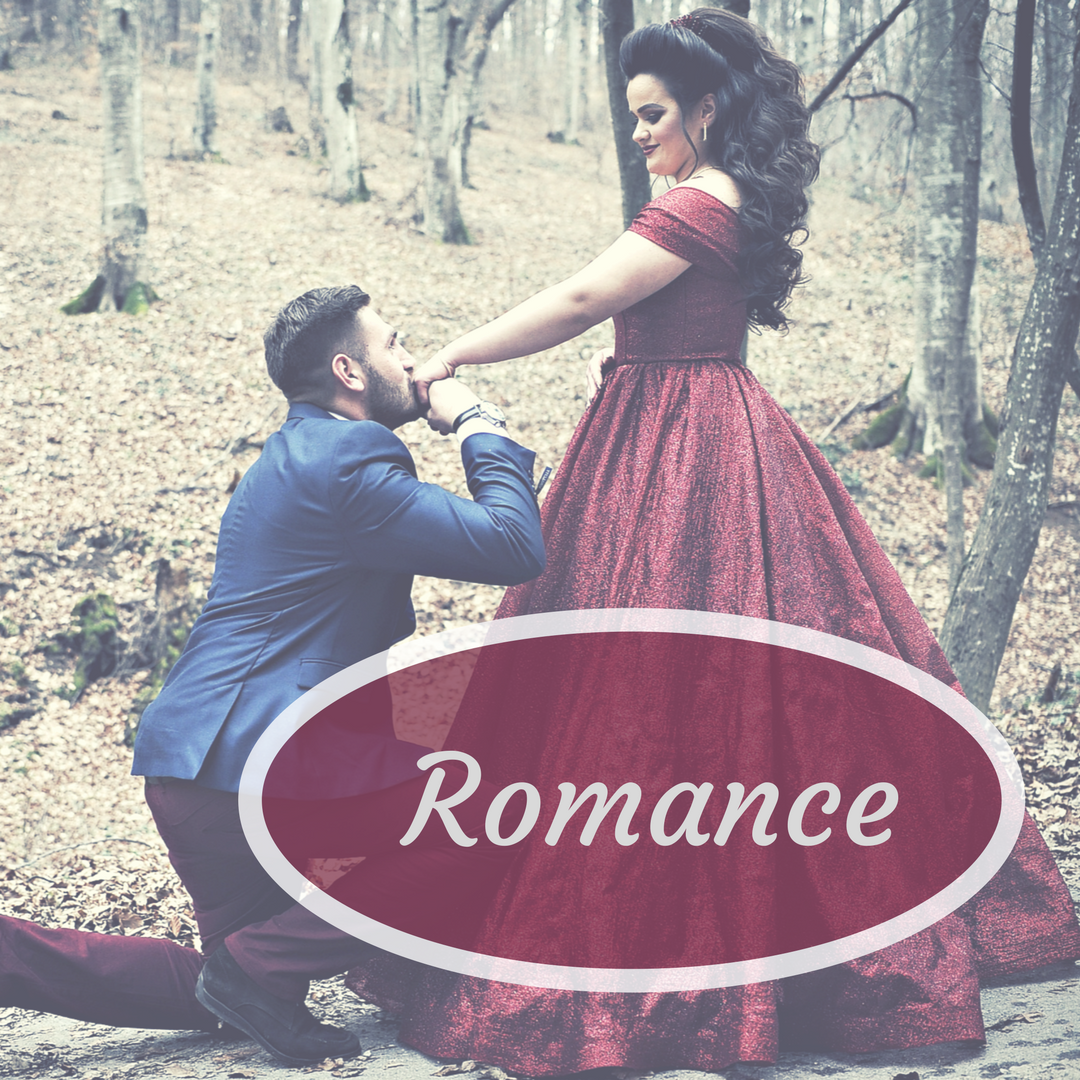Readers, particularly romance readers, love stories that feel familiar—shorthand for they use tropes—but also seem new and bring a surprise. As writers, how do we craft novels that deliver on all counts?
There are several strategies to writing fresh stories that still feel as comfortable as a warm sweater on a cold day. Let’s look at just a few:
Twist a Common Trope
Enemies to Lovers is a popular trope that can have several variations. The hero and heroine can dislike each other for their personal points of view, such as in Pride and Prejudice. Elizabeth and Mr. Darcy have different worldviews and values which lead them to disagree about virtually everything. Or the protagonists can actually be friendly personally, but enemies professionally, such as in Mr. and Mrs. Smith who are in “love” but also rival assassins. Or in Two Weeks Notice, Sandra Bullock’s and Hugh Grant’s characters were different both personally and professionally but finally realized their differences attracted them to each other and made them compatible.
Combine Tropes
Another Sandra Bullock movie, The Proposal, combined Enemies to Lovers and Fake Relationship, with a dash of Forced Proximity. Ryan Reynolds (along with all of Bullock’s other employees) hated her because she was rigid, mean, and cold. She needed a fiancé to avoid deportation. He agreed to her proposal to pretend to be in a relationship because of what she could do for him professionally. One element of that movie I appreciated was the change in Bullock’s appearance. As she grew to care for Reynolds and his family, she softened. She let her hair down (literally), and she dressed more casually.
Another great combination, Forbidden Love (Romeo and Juliet) plus Forced Proximity (Green Card) guarantees sparks on the page.
Unfamiliar Settings
Sticking with Sandra Bullock (and why not?), let’s talk about The Lost City. Set on a tropical island, both Bullock’s and Channing Tatum’s characters are out of their elements and forced to work together to escape the crazed billionaire who’s kidnapped Bullock’s romance novelist character. There’s also a Forced Proximity combination with Loretta (Bullock) and Alan (Tatum) on the run together.
No matter the tropes you choose to combine, there are some things to keep in mind:
- Characters. They should always have great backstories and motivations that work with the trope. For a Second Chance story, both protagonists will have shared memories with emotional layers. Use those emotions to help your reader connect with the characters.
- Conflict and Resolution. The conflict should be genuine, not something that could be resolved with a discussion. It needs to stem from who the characters are and what they believe. The resolution should be a result of growth and lessons learned.
With the many, many romance tropes available to writers, the combinations for something new and fun yet familiar are nearly endless. To paraphrase a current credit card commercial, “What’s in your Trope Wallet?”
Pull it out and put it to work.

Carrie Padgett lives in Central California, close to Yosemite, but far from Hollywood, the beach, and the Golden Gate Bridge. She believes in faith, families, fun, and happily ever afters. She writes contemporary fiction with romance. She recently signed a contract with Sunrise Publishing to co-write a romance novel with New York Times bestselling author Rachel Hauck that will be published in 2022. Carrie and her husband live in the country with their high-maintenance cat and laid-back dog, within driving distance of their six grandchildren.
You can find her online at:
- Twitter: CarriePadgett
- Instagram: carpadwriter
- Facebook: WriterCarriePadgett
- Amazon Author Page: Carrie Padgett




No Comments